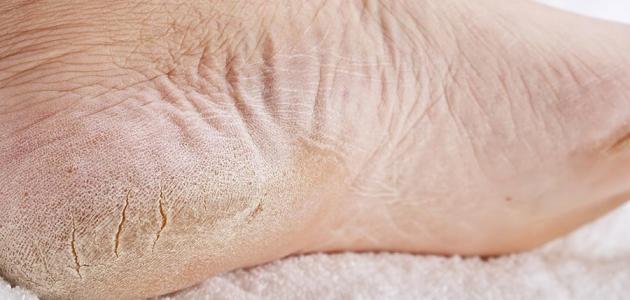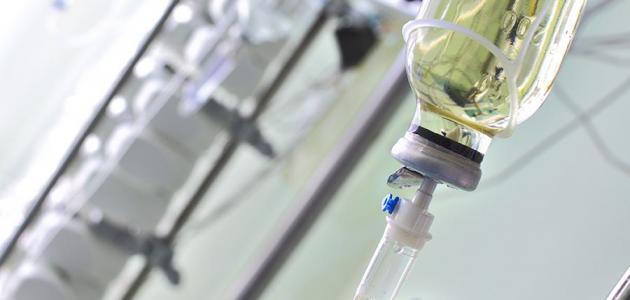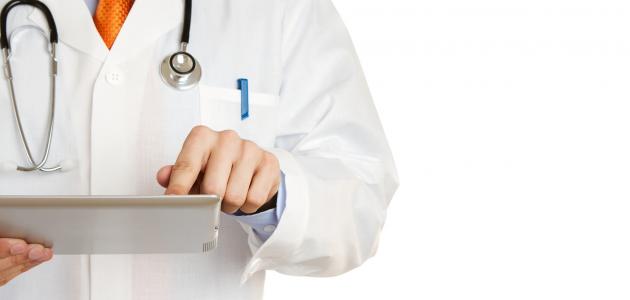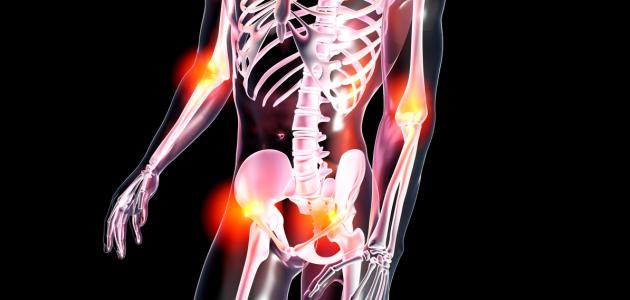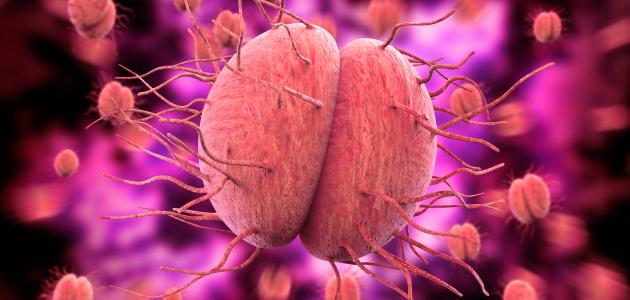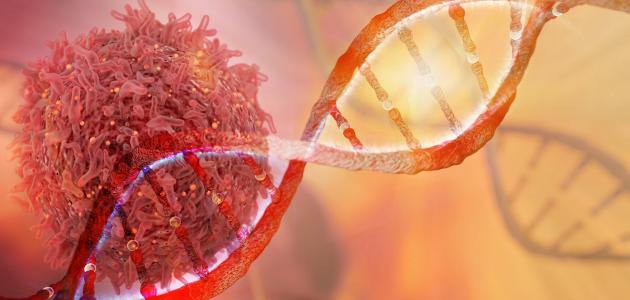Contents
the plague
The plague was one of the deadly diseases for many centuries, it was known in the past as the black death, as it caused the death of more than 50 million people in Europe, and the plague is still classified at the present time as a very dangerous disease; Especially since some of its types may be fatal; The death rate from septicemic plague and pneumonic plague ranges between 30-100% if the patient does not receive treatment. According to the reports of the World Health Organization , 3248 cases were reported worldwide during the period between 2010 and 2015, of which 584 patients died. In fact, plague is an infectious disease caused by a bacterium called Yersinia pestis, which is a bacterium that lives in animals such as mammals.Small and fleas on the bodies of these animals, and these bacteria are transmitted between animals through many methods, and they can also be transmitted to humans. The African countries are the most prevalent countries for plague, especially the Democratic Republic of the Congo, Madagascar and Peru, where these countries occupy the first three ranks of the global spread of plague disease. [1]
Symptoms of the plague
Symptoms of bubonic or bubonic plague
Bubonic plague is the most common form of plague, and it occurs as a result of a tick or flea bite infected with bacteria that cause the disease, and in very rare cases the bacteria can be transmitted through contact with an infected person. It should be said that bacteria settle in the lymphatic system and begin to multiply after entering the body. This causes the lymph nodes to become inflamed, and bacteria may transfer to the blood and lungs if the patient is left untreated. It should be noted that the symptoms of bubonic plague usually appear within two to six days of infection. These symptoms include the following: [2]
- Fever and chills .
- Suffering from headaches .
- Feeling of muscle pain.
- Feeling of general weakness.
- Having seizures.
- Suffering from enlarged lymph glands and feeling pain in them, especially the glands in the groin, armpits, and neck, which are located at the site of an insect bite or bite. These inflamed glands are known as buboes, hence the name for this type of plague.
Symptoms of septicemia plague
The septicemia plague occurs mainly as a result of bacteria entering the bloodstream directly and multiplying in it. Symptoms of the septicemia plague usually begin within two to seven days after exposure to the bacteria, but many patients may die from infection before symptoms appear. Symptoms of septicemia plague include: [2]
- Suffering from stomach ache.
- The incidence of diarrhea .
- Suffering from vomiting and nausea.
- Incidence of fever and chills.
- Feeling very weak.
- Bleeding
- Shock It is a life-threatening medical condition.
- The skin has turned black; This is known as gangrene .
Symptoms of pneumonic plague
Pneumonic plague is the most deadly type of the three plague, and is caused by bacteria reaching the lungs and multiplying there. This type is infectious. The bacteria are transmitted through droplets during coughing. Symptoms of pneumonic plague may appear one day after exposure to the bacteria, and these symptoms include the following: [2]
- Difficulty breathing .
- Feeling of chest pain.
- Have a cough.
- Have a fever.
- Suffering from headaches.
- Feeling of general weakness.
- The appearance of bloody sputum , and the discharge of pus from the lungs.
Ways to spread and prevent the plague
As is the case with many other infectious diseases, no effective vaccine has yet been available to prevent plague infection, but scientists are working to develop a vaccine that can help prevent future plague. It should be noted that antibiotics can help prevent infection if a person is at risk of contracting the plague, in addition to being an effective treatment for people with plague. It should be said that plague is transmitted in many ways , and taking some precautions may help in preventing plague infection, especially for people who live in or visit places of outbreaks of the plague. In this paragraph, we will present the methods of transmission and prevention of the plague: [3] [4]
- Flea bites: The plague bacteria are most often transmitted by the bite of a flea infected with the bacteria that cause the disease, and it is worth saying that the bacteria are transmitted to fleas by feeding them on rodents that died from the plague disease. Therefore, people who live or visit the places where these rodents died are considered more at risk of being infected with flea bites and transmitting the disease to them, and it should be noted that dogs and cats can transmit the fleas carrying the plague bacteria to the home, causing bubonic plague and septicemia. In fact, flea bites can be prevented through the use of insect repellants, especially when spending time outside the home, in addition to the need to watch children and pets.Closely when spending time, especially in places where rodents are abundant, and keeping home-raised pets free of fleas, and consulting your veterinarian about that. To prevent infection from plague by rodents, the house should be protected from these rodents by getting rid of things that could be used as nests for these rodents, such as piles of grass and rocks, firewood, and scrap, and avoiding leaving pet food in places easily accessible to rodents.
- Contact with infected animal fluids and tissues: The plague can be transmitted through contact with the bacteria-carrying tissues and body fluids of plague-infected animals, as is the case during hunting rabbits and other animals that may be infected. This can be avoided by wearing gloves when handling potentially infected animals to prevent skin contact with the bacteria that cause plague.
- Inhalation of infectious droplets: pneumonic plague can be transmitted through droplets containing plague bacteria that spread into the air during coughing; Where another person breathes in these droplets that contain the bacteria causes pneumonic plague. It should be noted that the only way that the plague can spread among people is by breathing a spray contaminated with the bacteria that causes the plague, and it should be noted that cats may feed on infected rodents. Which may cause it to contract the plague, thus increasing the risk of transmitting the infection by droplets to its owners and to veterinarians.



